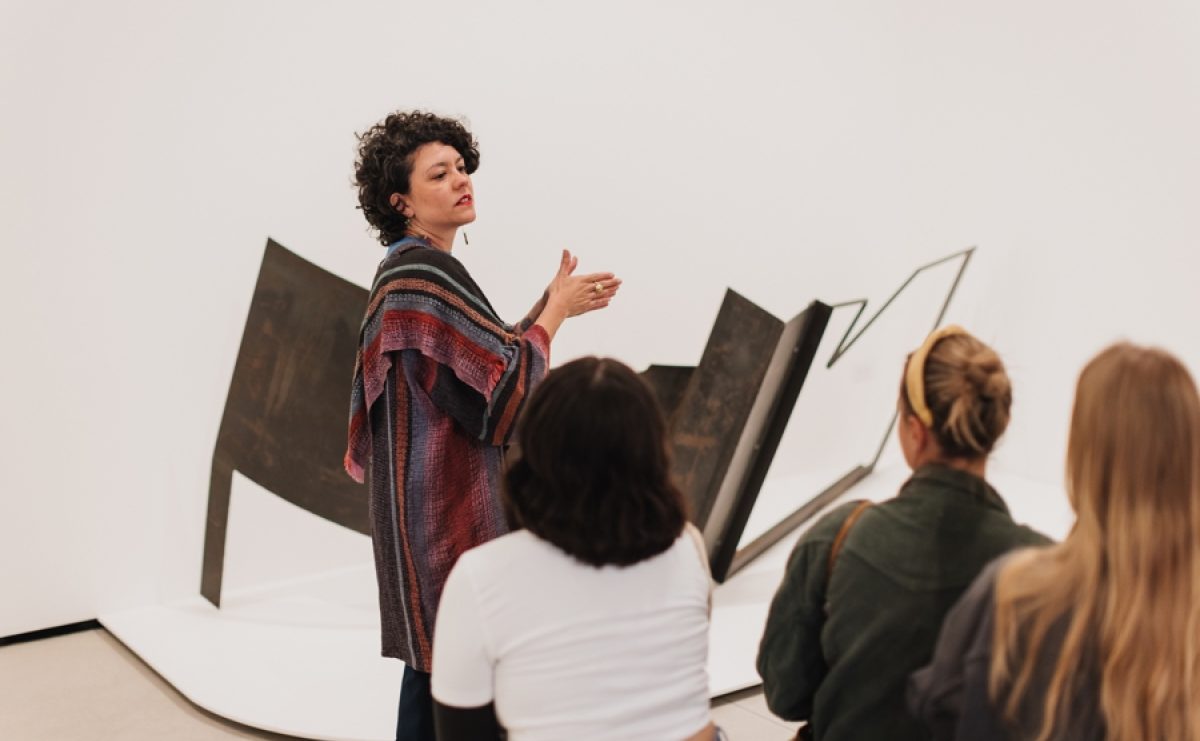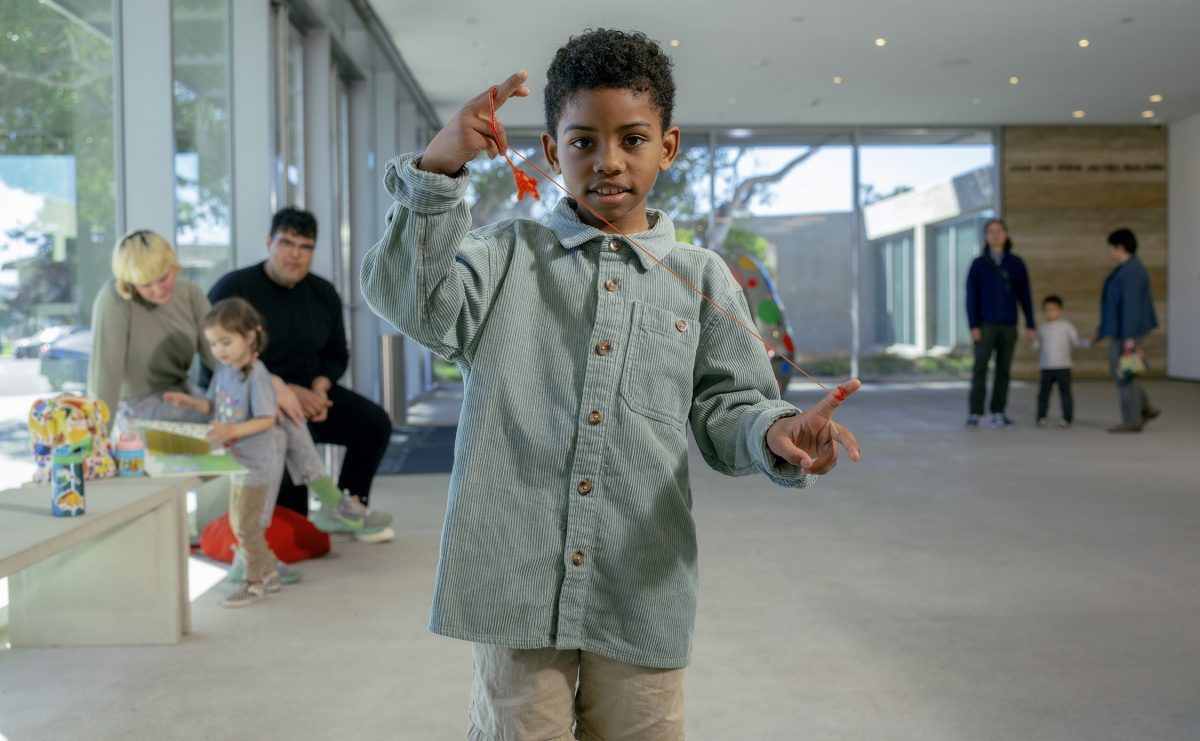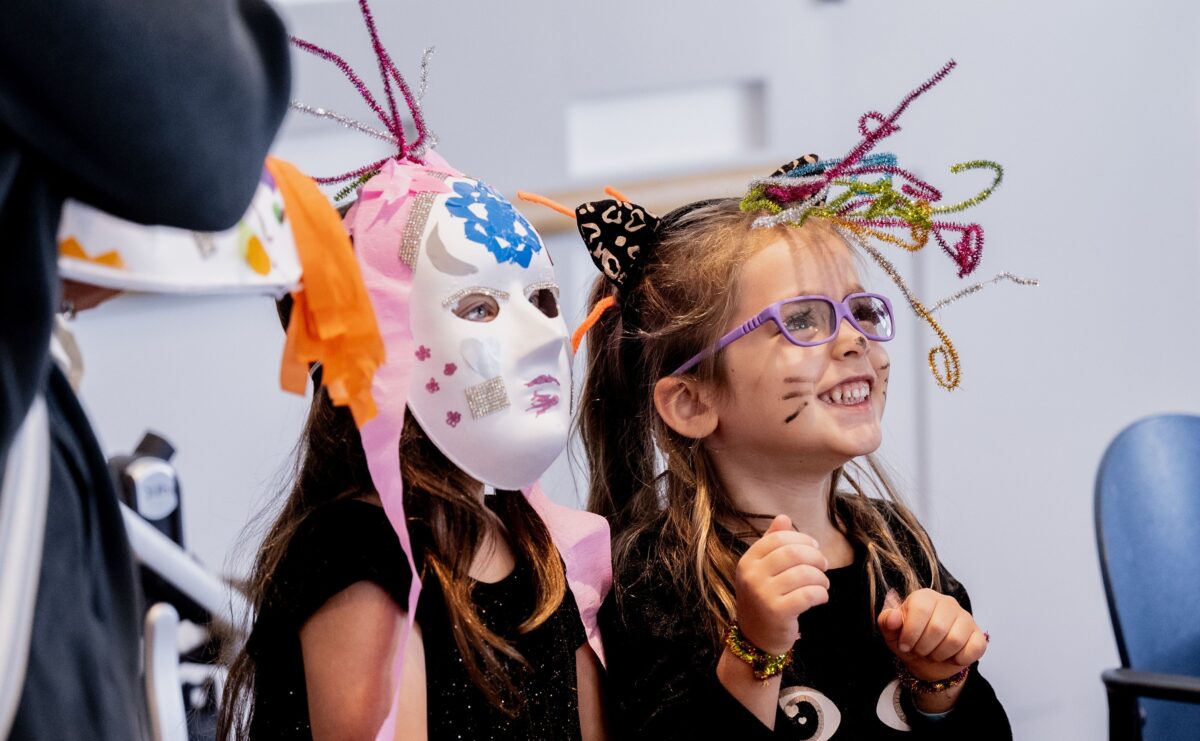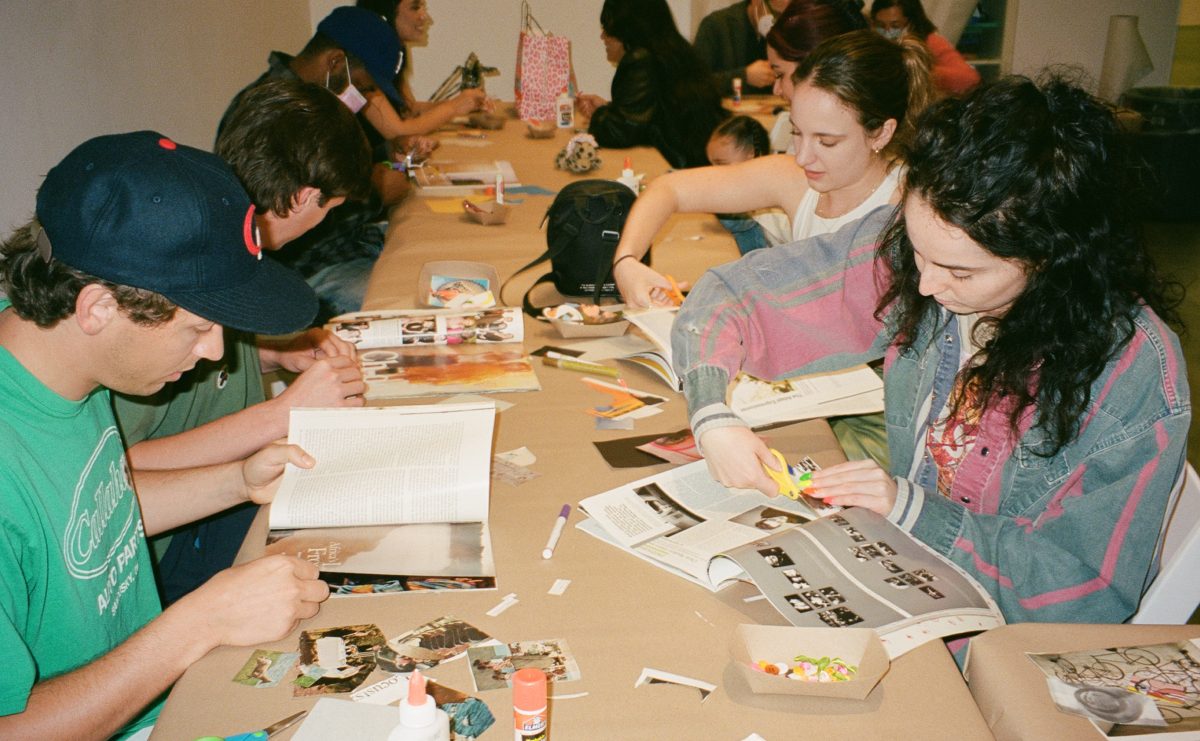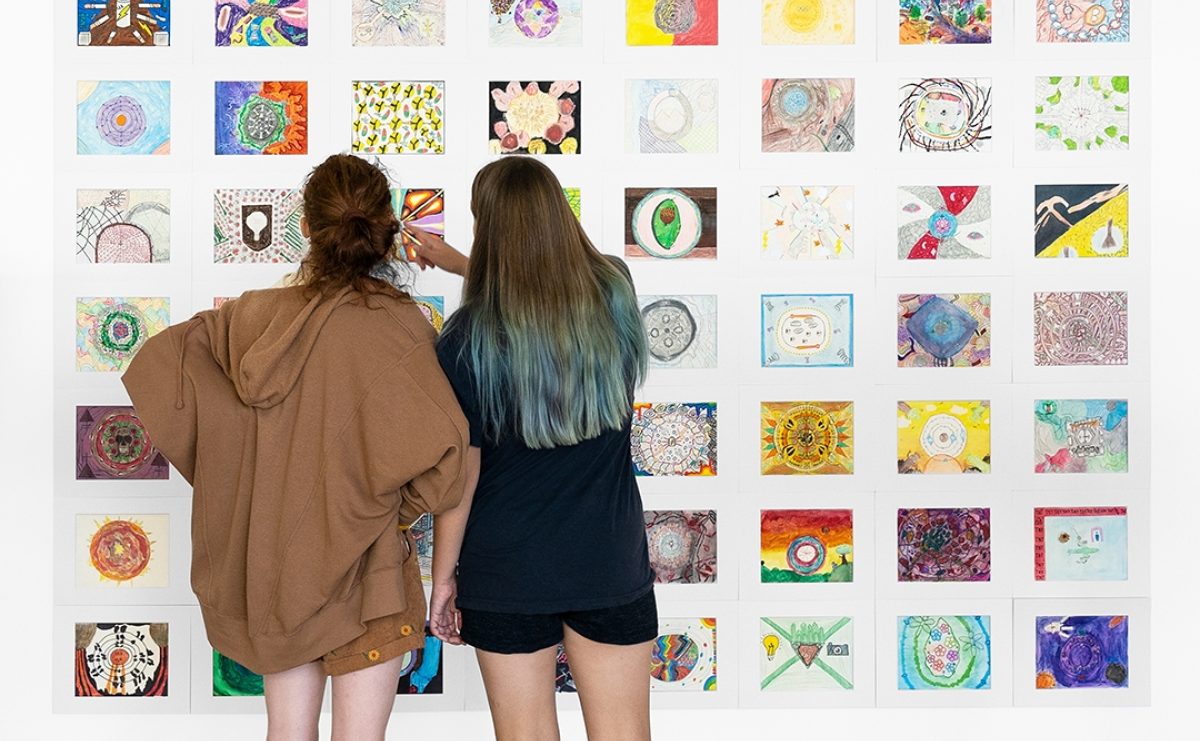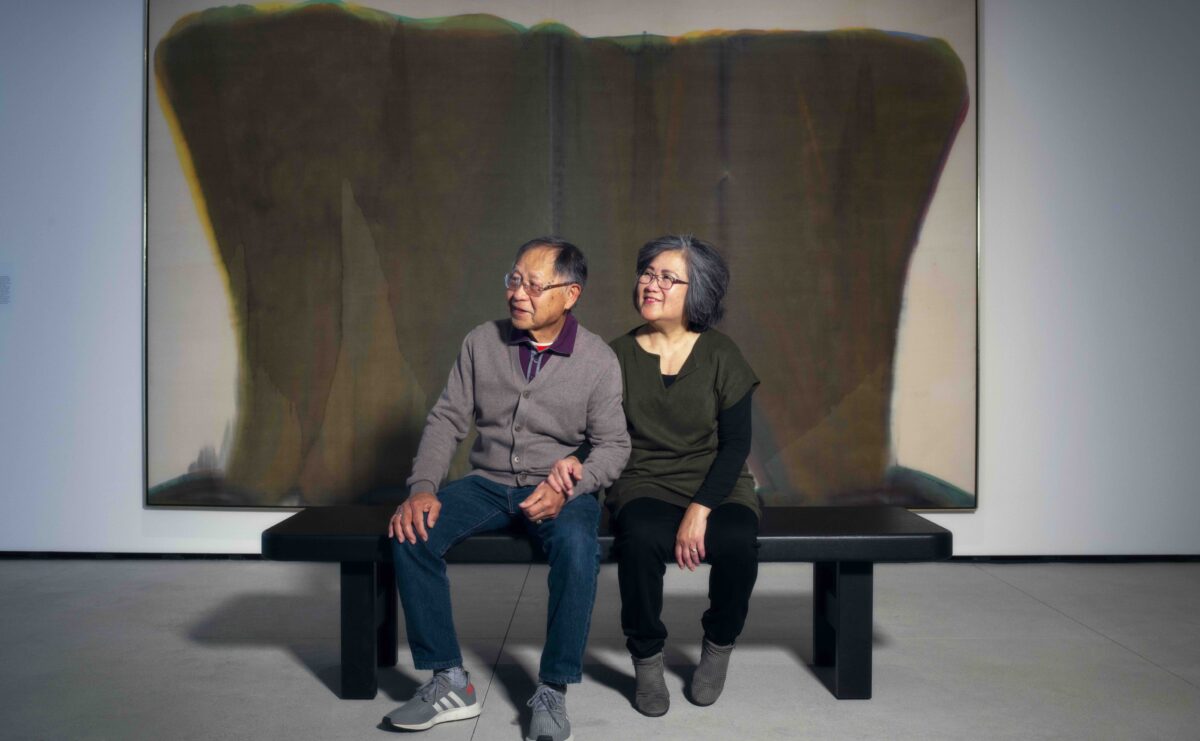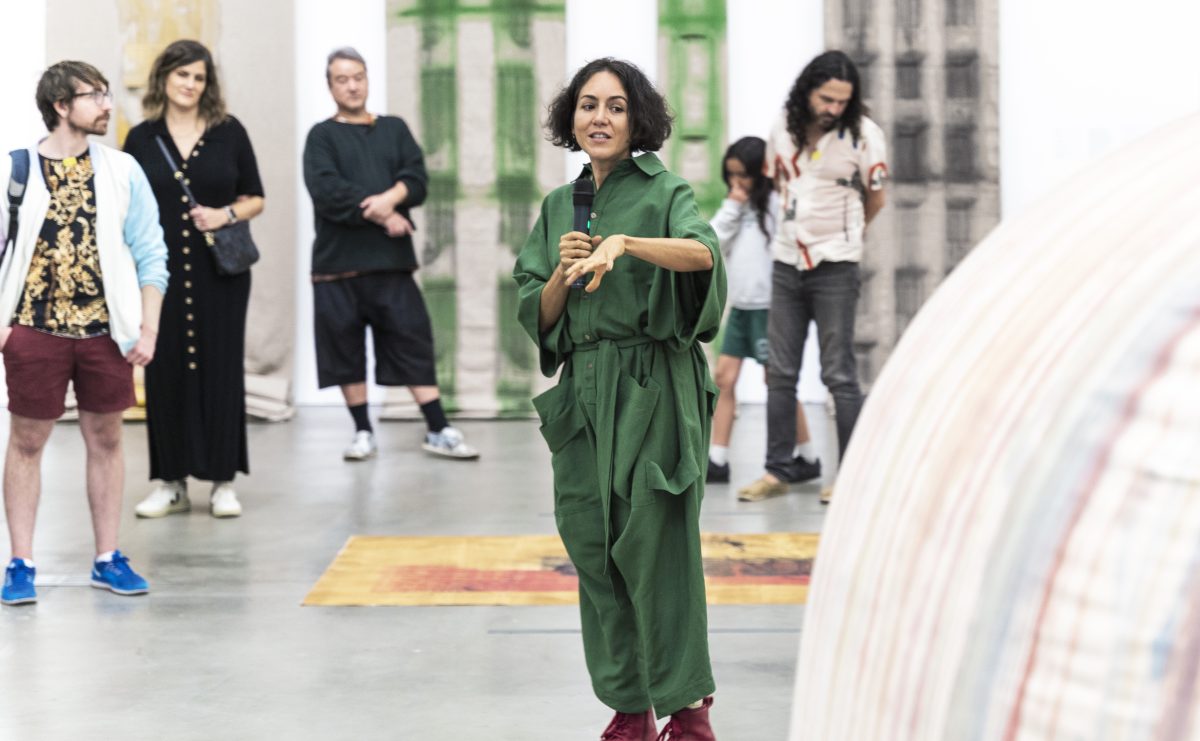We’re closed today but visit us soon!
At MCASD, we facilitate learning experiences through intergenerational programs that inspire creative thinking for all. Arts education is a way to express our distinct experiences of the world. It entails a different realm of thinking, skill, and self-exploration that stimulates the imagination and promotes creativity.
Offering various tours from MCASD’s Architectural History to Contemporary Art for Beginners.
Our activity-filled family days, Play Days, have welcomed more than 2,000 visitors into our La Jolla flagship location with FREE admission. On the second Sunday of each month, our La Jolla galleries and educational spaces turn into a playground for curiosity, learning, and fun experiences.
Summer Camps 2024: Join MCASD Educators for an exciting camp season, where campers will engage in fun art projects inspired by different pieces from the Museum’s Collection. Weeklong camps start July 8 and run through August 2. Register now for a fun-filled summer!
Teen Art Collective (TAC) is a free opportunity for teens to learn about contemporary art, meet artists and art professionals, create art, and plan a museum exhibition.
Museum of Contemporary Art San Diego's Extended School Partnership (ESP) is a free, high-quality, arts integration program that empowers teachers to use the Museum as an extension of the classroom and a resource for learning.
Reflections is an art-making workshop series designed to serve adults 55 and older.
Funding provided by The G.A. Foster Legacy Foundation
